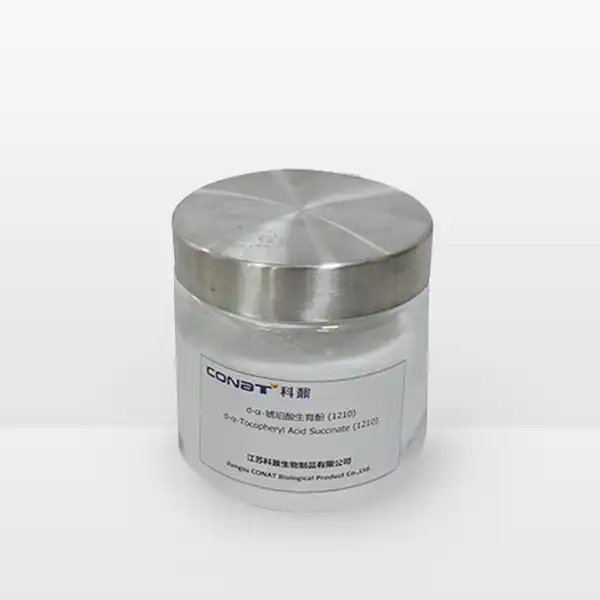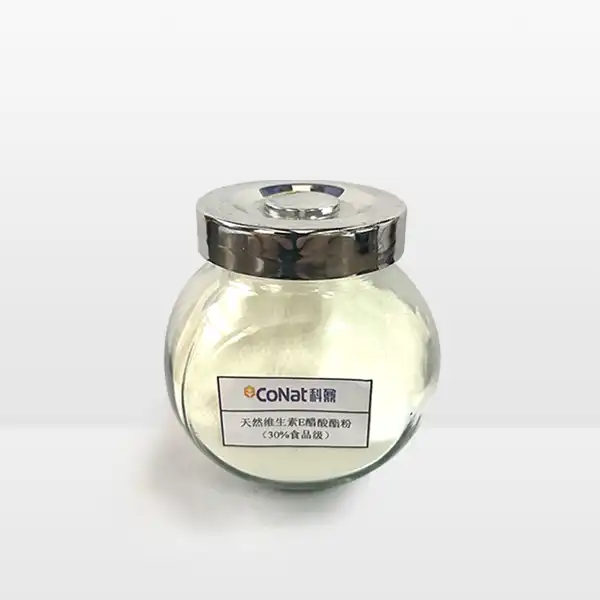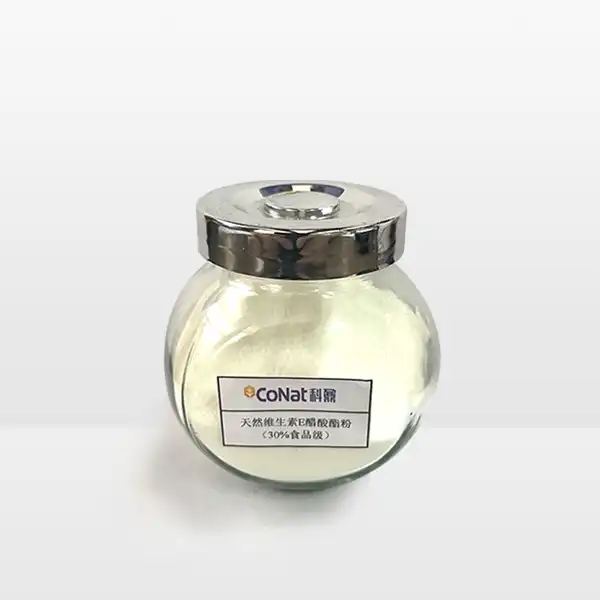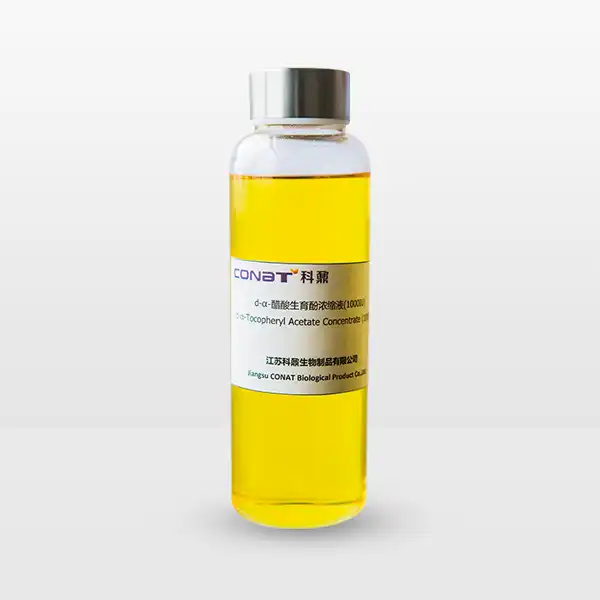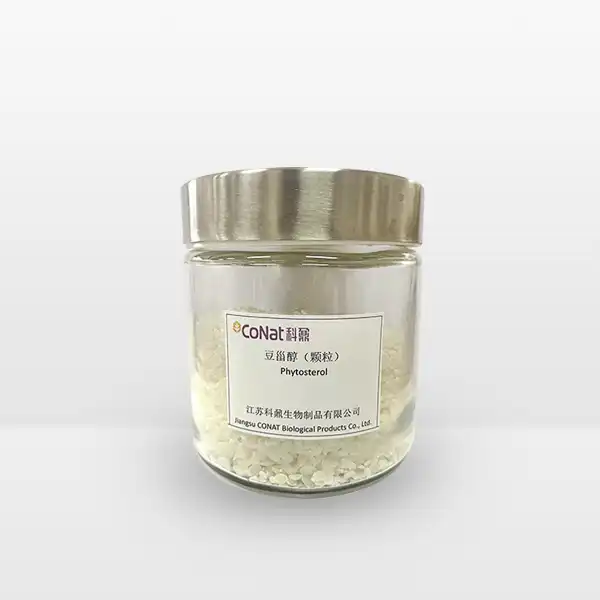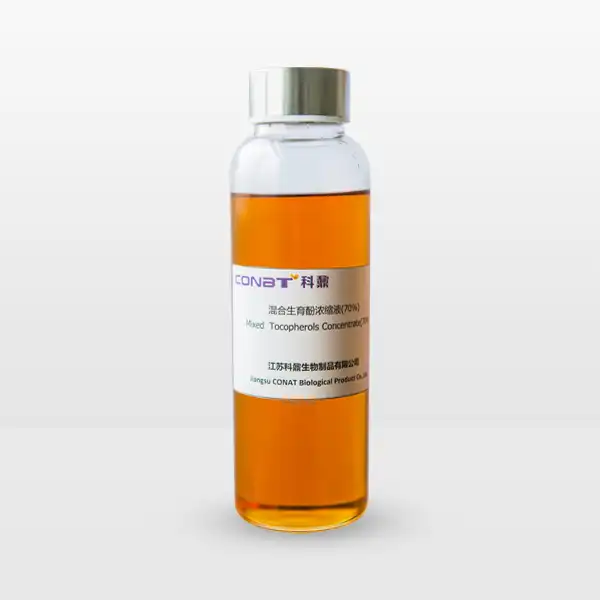- English
- French
- German
- Portuguese
- Spanish
- Russian
- Japanese
- Korean
- Arabic
- Greek
- German
- Turkish
- Italian
- Danish
- Romanian
- Indonesian
- Czech
- Afrikaans
- Swedish
- Polish
- Basque
- Catalan
- Esperanto
- Hindi
- Lao
- Albanian
- Amharic
- Armenian
- Azerbaijani
- Belarusian
- Bengali
- Bosnian
- Bulgarian
- Cebuano
- Chichewa
- Corsican
- Croatian
- Dutch
- Estonian
- Filipino
- Finnish
- Frisian
- Galician
- Georgian
- Gujarati
- Haitian
- Hausa
- Hawaiian
- Hebrew
- Hmong
- Hungarian
- Icelandic
- Igbo
- Javanese
- Kannada
- Kazakh
- Khmer
- Kurdish
- Kyrgyz
- Latin
- Latvian
- Lithuanian
- Luxembou..
- Macedonian
- Malagasy
- Malay
- Malayalam
- Maltese
- Maori
- Marathi
- Mongolian
- Burmese
- Nepali
- Norwegian
- Pashto
- Persian
- Punjabi
- Serbian
- Sesotho
- Sinhala
- Slovak
- Slovenian
- Somali
- Samoan
- Scots Gaelic
- Shona
- Sindhi
- Sundanese
- Swahili
- Tajik
- Tamil
- Telugu
- Thai
- Ukrainian
- Urdu
- Uzbek
- Vietnamese
- Welsh
- Xhosa
- Yiddish
- Yoruba
- Zulu
Is Natural Mixed Tocopherol Safe to Consume Daily?
Natural mixed tocopherol, a form of vitamin E that consists of various tocopherol compounds found in nature, has garnered significant attention in the health and wellness community. As more people turn to natural supplements for their daily nutritional needs, questions about the safety and efficacy of natural mixed tocopherol have become increasingly prevalent. This comprehensive guide explores the safety profile of daily natural mixed tocopherol consumption and its potential benefits for overall health and wellness. Research consistently shows that natural mixed tocopherols are not only safe for daily consumption but also provide numerous health benefits when taken as part of a balanced nutrition plan.
What Are the Benefits of Taking Natural Mixed Tocopherol Supplements?
Natural mixed tocopherols represent a comprehensive approach to vitamin E supplementation, offering distinct advantages over synthetic alternatives. These compounds work synergistically to provide potent antioxidant protection throughout the body. The primary benefit lies in their ability to combat oxidative stress, which is a fundamental factor in numerous chronic diseases and aging processes. Research has shown that natural mixed tocopherols can support cardiovascular health by protecting LDL cholesterol from oxidation and maintaining healthy blood vessel function.
Furthermore, these compounds play crucial roles in immune system function, helping to maintain robust defenses against various pathogens. Studies have demonstrated their effectiveness in supporting skin health, with evidence suggesting they can help protect against UV damage and promote skin barrier function. The anti-inflammatory properties of mixed tocopherols also contribute to joint health and overall cellular protection.
The beneficial effects extend to metabolic health as well. Research indicates that natural mixed tocopherols may help regulate blood sugar levels and support insulin sensitivity. This is particularly important for individuals concerned about metabolic health and those looking to maintain healthy blood sugar levels. The compounds work by protecting pancreatic cells and improving cellular glucose uptake, contributing to better overall metabolic function.
Another significant advantage is their role in cognitive function and neuroprotection. Research indicates that adequate vitamin E levels, particularly from natural mixed tocopherols, may help maintain cognitive function as we age. They achieve this through their ability to protect brain cells from oxidative damage and support proper neuronal signaling. Additionally, these compounds have shown promise in supporting eye health, particularly in preventing age-related macular degeneration and other vision-related concerns.
Regular supplementation with natural mixed tocopherols has also been associated with enhanced energy production at the cellular level, supporting overall vitality and physical performance. This is particularly relevant for athletes and active individuals who may require additional antioxidant support due to increased oxidative stress from exercise. The compounds help protect muscle cells from exercise-induced damage and may support faster recovery times.
How Much Natural Mixed Tocopherol Should You Take Per Day?
Determining the optimal daily dosage of natural mixed tocopherols requires careful consideration of various factors, including age, health status, and specific health goals. The recommended dietary allowance (RDA) for vitamin E is 15 mg (22.4 IU) per day for adults, but research suggests that higher doses of natural mixed tocopherols may be beneficial for certain health conditions.
For general health maintenance, experts typically recommend doses ranging from 100-400 IU daily of mixed tocopherols. This range has been shown to provide significant antioxidant protection while maintaining safety. However, it's important to note that individual needs may vary. Athletes or individuals under increased oxidative stress might benefit from doses at the higher end of this range, while others may achieve optimal results with lower doses.
The timing of supplementation can also impact effectiveness. Many health practitioners recommend taking mixed tocopherols with meals containing some healthy fats, as this can enhance absorption and utilization. Splitting the daily dose between morning and evening meals may also help maintain more consistent blood levels throughout the day.
The composition of mixed tocopherols is also crucial when determining dosage. A well-balanced formula typically contains all four tocopherol forms (alpha, beta, gamma, and delta) in ratios that mirror those found in nature. This natural distribution ensures optimal absorption and utilization by the body. Research has shown that gamma-tocopherol, in particular, plays a vital role in the overall effectiveness of mixed tocopherol supplementation.
It's worth noting that the body has natural mechanisms to regulate vitamin E levels, and excess amounts are typically stored in fatty tissues for future use. This storage capacity, combined with the natural form of mixed tocopherols, contributes to their excellent safety profile even with long-term use. Additionally, the body's ability to regulate vitamin E levels means that consistent, moderate supplementation is often more beneficial than sporadic high doses.
How Does Natural Mixed Tocopherol Compare to Synthetic Vitamin E?
The comparison between natural mixed tocopherols and synthetic vitamin E reveals significant differences in bioavailability, effectiveness, and overall health benefits. Natural mixed tocopherols demonstrate superior absorption and retention in the body compared to their synthetic counterparts. Studies have shown that natural forms are approximately twice as bioavailable as synthetic versions, meaning the body can utilize them more effectively.
The molecular structure of natural mixed tocopherols exactly matches what our bodies are designed to recognize and use. This natural configuration results in better integration into cell membranes and more efficient antioxidant activity. In contrast, synthetic vitamin E typically consists of only alpha-tocopherol and includes various stereoisomers, some of which the body cannot utilize as effectively.
Clinical studies have consistently demonstrated that natural mixed tocopherols have superior biological activity compared to synthetic versions. This enhanced activity translates to better outcomes across various health parameters, including immune function, cardiovascular health, and cellular protection. The natural forms also show better tissue retention and distribution throughout the body.
Research has demonstrated that natural mixed tocopherols provide more comprehensive antioxidant protection than synthetic alternatives. This is largely due to the presence of all tocopherol forms, each with unique biological activities and cellular targets. For instance, gamma-tocopherol has shown superior anti-inflammatory properties and better neutralization of certain free radicals compared to alpha-tocopherol alone.
Natural mixed tocopherols also exhibit better stability and longer retention in tissues. Studies have found that they remain active in the body for longer periods, providing sustained protection against oxidative stress. This extended biological activity translates to more consistent health benefits and potentially better outcomes for various health conditions.
The environmental impact of natural mixed tocopherols is another consideration, as they are typically derived from sustainable plant sources like sunflower oil, soybean oil, or other vegetable oils. This natural extraction process often results in a more environmentally friendly product compared to synthetic manufacturing processes. Furthermore, the production methods used for natural mixed tocopherols often preserve other beneficial compounds that may work synergistically with the tocopherols.
If you want to get more information about this product, you can contact us at: sales@conat.cn.
References:
1. NIH Office of Dietary Supplements. (2024). Vitamin E Fact Sheet for Health Professionals.
2. American Journal of Clinical Nutrition. (2023). "Bioavailability and Health Benefits of Natural Mixed Tocopherols."
3. Journal of Nutrition. (2023). "Comparative Analysis of Natural vs. Synthetic Vitamin E Forms."
4. European Journal of Clinical Nutrition. (2023). "Safety Assessment of Long-term Mixed Tocopherol Supplementation."
5. Antioxidants & Redox Signaling. (2022). "Natural Mixed Tocopherols: Mechanisms of Action and Health Benefits."
6. Nutrition Reviews. (2023). "Optimal Dosing Strategies for Natural Mixed Tocopherols."
7. Free Radical Biology and Medicine. (2023). "Antioxidant Properties of Different Tocopherol Isomers."
8. Journal of Agricultural and Food Chemistry. (2022). "Sources and Stability of Natural Mixed Tocopherols."
9. International Journal of Molecular Sciences. (2023). "Cellular Effects of Natural Mixed Tocopherols."
10. Clinical Nutrition. (2023). "Safety and Efficacy of Natural Mixed Tocopherols in Human Health."
YOU MAY LIKE
